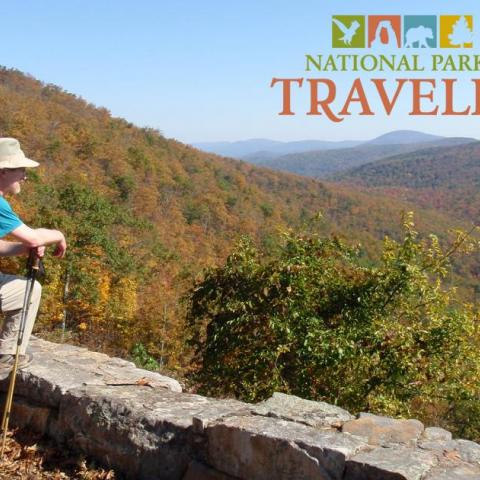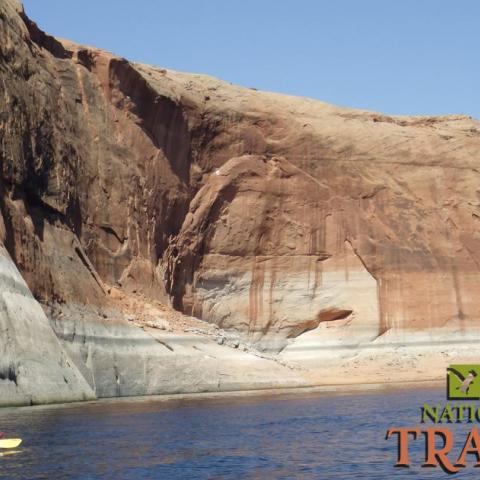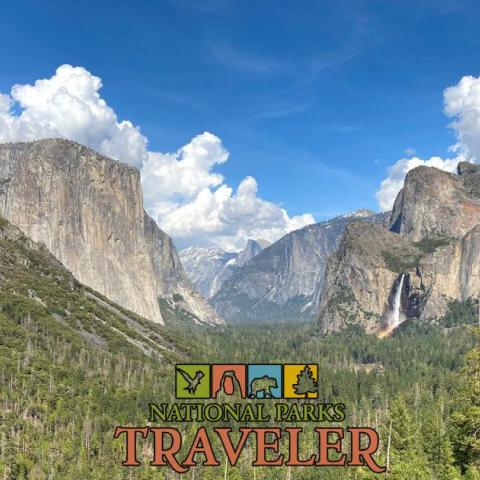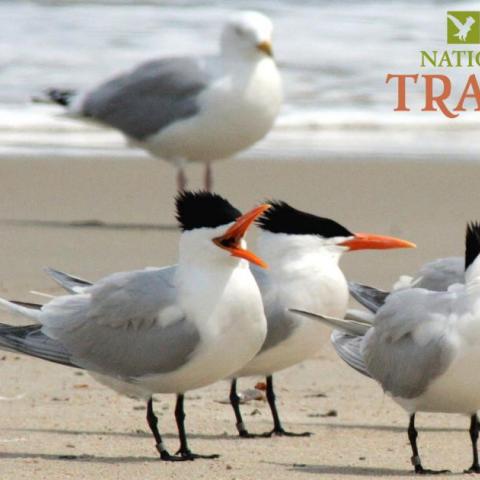National Parks Traveler Episode 121: The Plight Of Our National Scenic Trails

Help power the National Parks Traveler’s coverage of national parks and protected areas.


For many, the National Park Service is seen as an agency of friendly rangers tasked with helping them get the most out of their national park vacation. But the agency is much more complex than that. Indeed, it could be seen as one of the country’s most science-focused agencies, as it deals with all sorts of "ologies" – biology, paleontology, archaeology, sociology, ecology, cetology, bioecology, and, in light of the popularity of dark night skies, even planetology.

The coronavirus pandemic of the past year prompted many across the United States to discover, and rediscover, the joys of being outdoors in nature. Across the country there were at times record numbers of visitors to our national parks, national forests, Bureau of Land Management Lands, and state park lands. You might call it a land rush, and one that saw quite a number of people invest in recreational vehicles and boats for their outdoor experiences.

Grand Canyon National Park is breathtaking. Standing on the rim, either the north or the south, and gazing into that big colorful maw of geology billions of years old can be transformative...or daunting. For some, that first glance convinces them they need to either hike all the way down to the Colorado River or, better yet, join a river trip for two weeks to soak in the significance of this place.

Yosemite National Park is one of the jewels in the crown of the National Park System. It has soaring walls of granite, feathery waterfalls, and high country that takes you into a transformative realm of nature.

There’s a lot to see in our national parks and historic sites, including some pretty interesting things underwater. Lynn Riddick takes a look at the Submerged Resources Center, the arm of the National Park Service that locates underwater resources -- whether sunken ships or planes, old ranches or train tracks, coral reefs or kelp forests -- then documents and interprets them. Always with an eye toward their preservation.

Appearance of Fort William/John/Laramie as painted by Alfred Jacob Miller pre-1840/public domain
If you're searching for the door that opened Westward Expansion, find yourself at Fort Laramie National Historic Site in eastern Wyoming. It's decidedly a side trip from anywhere, as it's about 100 miles north of Cheyenne, the state capital, and maybe 55 miles west of Scottsbluff, Nebraska. From Interstate 25, the nearest major highway, the drive is not quite 30 miles and 40 minutes from Wheatland, Wyoming.

Fort Laramie National Historic Site in eastern Wyoming is a rare, overlooked outpost in the National Park System. It's not the only 19th century fort in the system, but it is richly steeped in Western history, from the fur trappers and the cavalry to the Oregon Trail and the Pony Express. During a recent visit, Kurt Repanshek and Fort Laramie Ranger Clayton Hanson walked the grounds. In this week's episode, the first of two episodes, they started at the approximate site of original Fort William and headed over to the sutler's store.


My first visit to Cape Hatteras National Seashore on the Outer Banks of North Carolina came quite a few years ago, when I was in college and a friend and I drove down from New Jersey in his tiny and cramped Chevy Vega to do some fishing. It was a wonderful trip, and the seashore a great destination if you love surfcasting.


National Parks Traveler is a 501(c) (3) nonprofit.


Here’s the definitive guide to National Park System campgrounds where RVers can park their rigs.
Our app is packed with RVing- specific details on more than 250 campgrounds in more than 70 national parks.
You’ll also find stories about RVing in the parks, tips helpful if you’ve just recently become an RVer, and useful planning suggestions.
